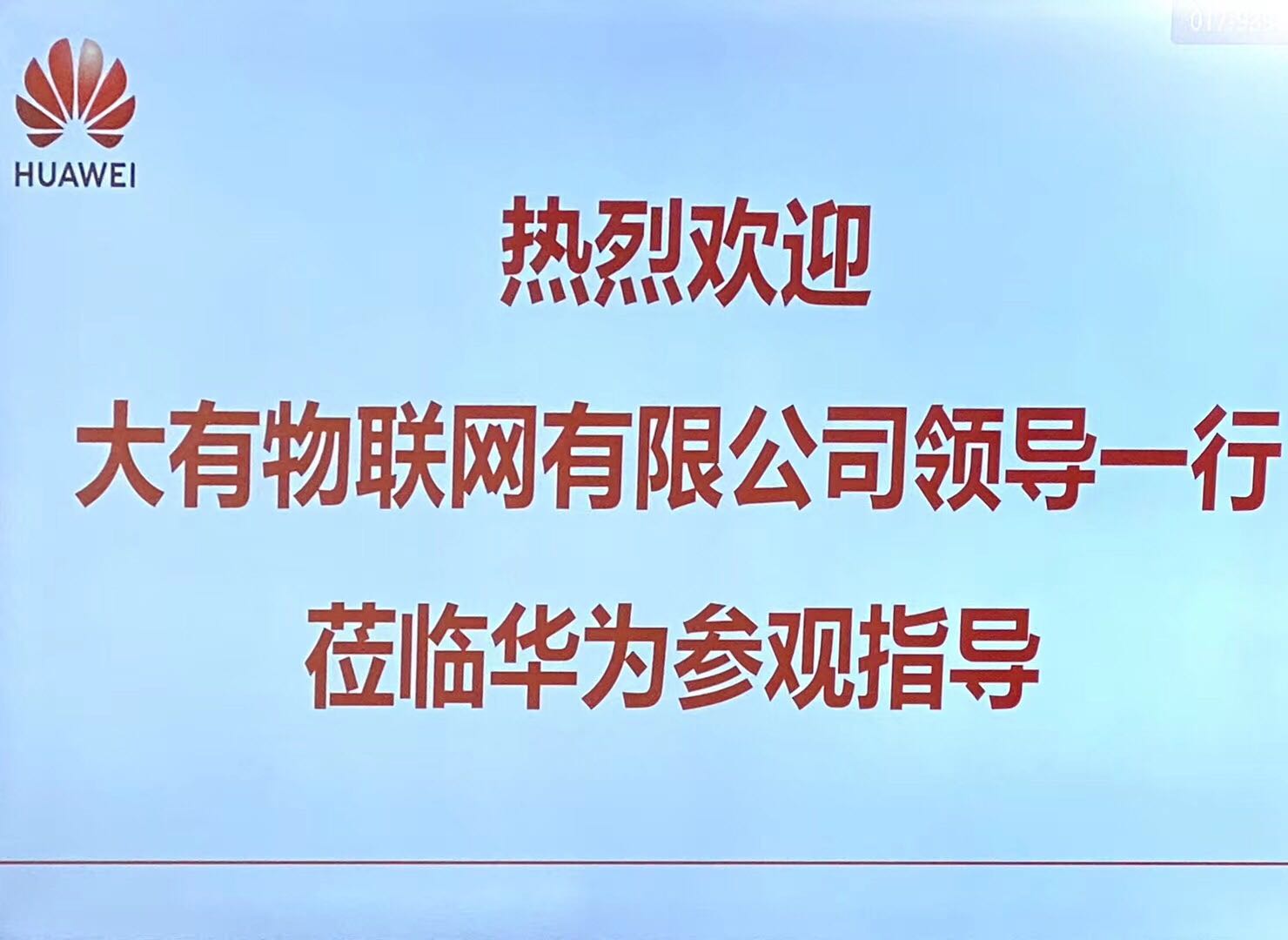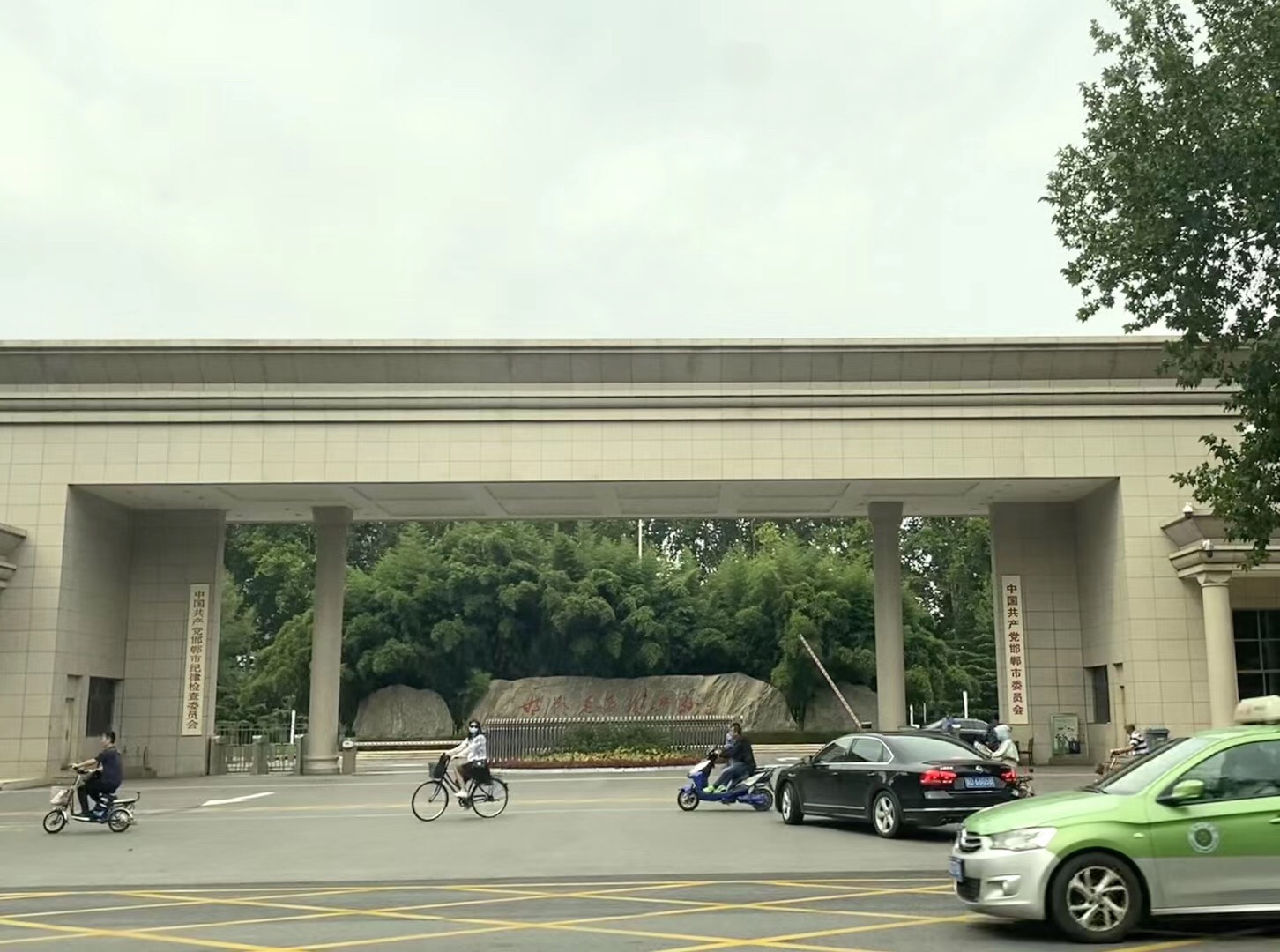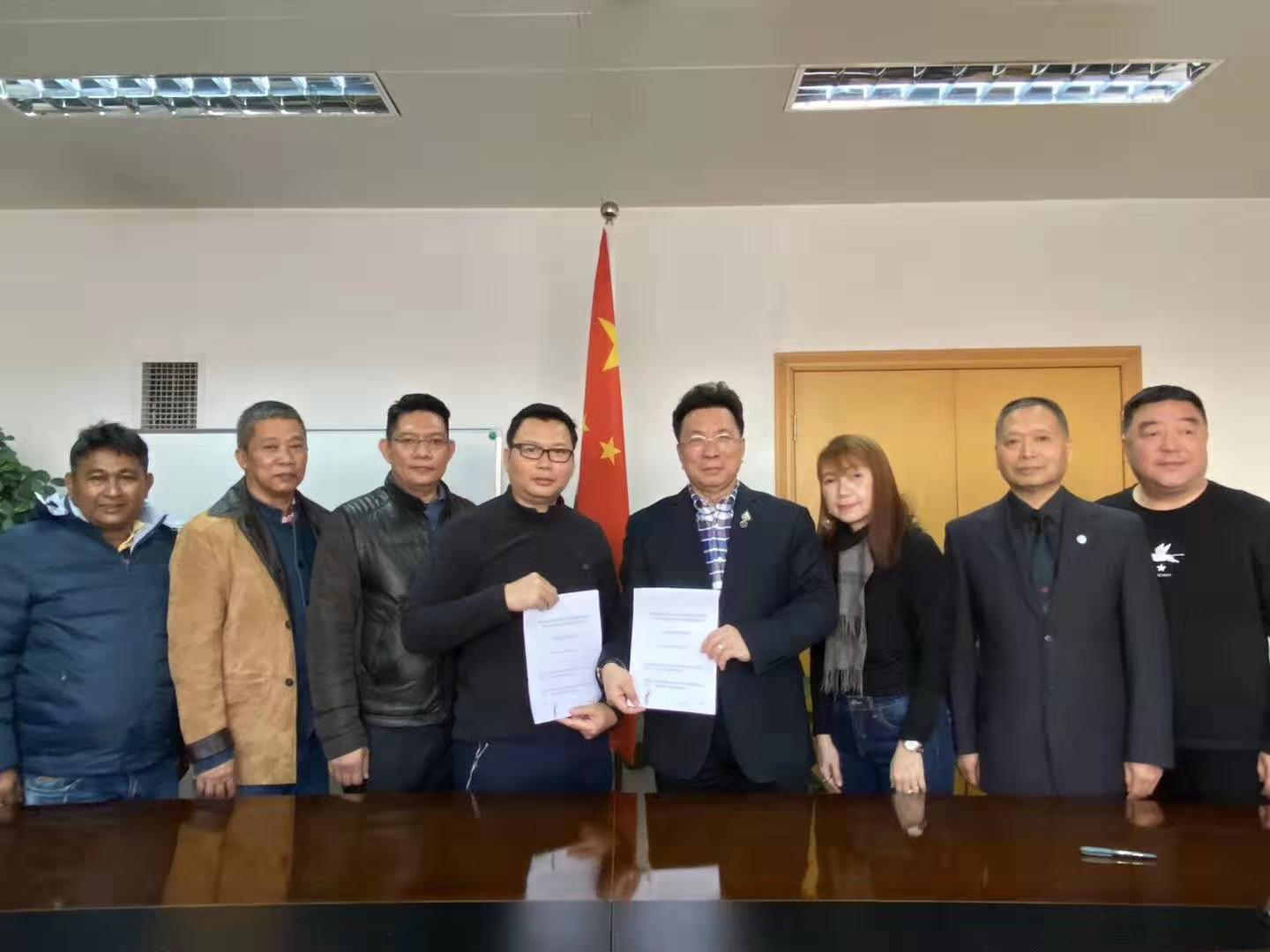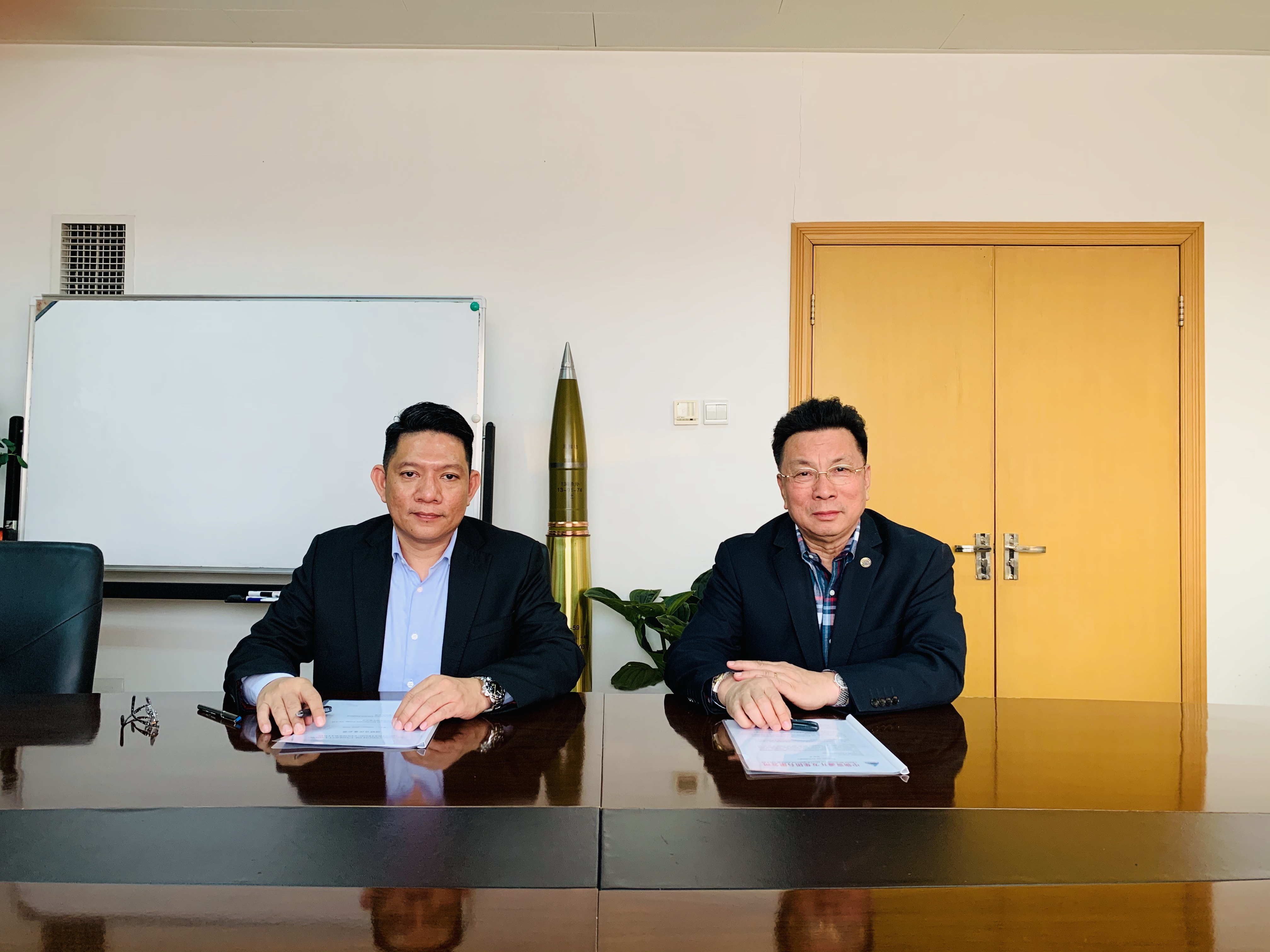Recently, our group delegation arrived in Jakarta, Indonesia, to discuss various cooperation projects with the local government. The two sides conducted in-depth and meticulous exchanges. The negotiations included new energy cooperation, cooperation in building materials, board houses, batteries, natural gas and other infrastructure projects. The initial cooperation between the two sides laid the foundation. Since the Central Economic Work Conference in December 2014 officially established the “Belt and Road” as a national-level strategy, the “Belt and Road” will inject vitality into China's economic development in the medium and long term. Indonesia is the country with the largest land area, the largest population and the most abundant natural resources in Southeast Asia. It is also a country with important influence along the “Belt and Road”.
For a long time, Indonesia’s exports to China have been dominated by resources. China’s exports to Indonesia are mainly manufactured products. The trade between the two sides is complementary. But China’s direct investment in Indonesia is rare. The “One Belt, One Road” initiative provides a good opportunity for Chinese manufacturing companies to invest in foreign direct investment. The Indonesian government also welcomes Chinese manufacturing companies to invest in Indonesia. Under this favorable opportunity, our group has an in-depth understanding of Indonesia's local environment and needs, and cooperated with the local government to create unique insights in the field of new energy, adding to the road.

In recent years, Indonesia's economy has developed rapidly, but in terms of international trade, Indonesia's exports are declining due to the lack of competitiveness of the manufacturing industry in the international market. From 2012-2016, Indonesia's exports fell from $190 billion to $144.5 billion. On the one hand, Indonesia's oil and gas exports accounted for 9.1% of total exports in 2016, and non-oil and gas exports accounted for 90.9% of total exports. This ratio was 19.5% and 80.5% in 2012, respectively. This reflects that from 2012 to 2016, Indonesia's exports began to gradually reduce the dependence on resource commodities, and increased the proportion of non-resources in exports. It is foreseeable that in the future, the export of Indonesian goods will rely more on non-resources, which requires Indonesia to enhance the competitiveness of its manufacturing industry. On the other hand, Indonesia is showing a growing trend in attracting foreign investment. From $9.318 billion in 2008 to $22.078 billion in 2017. In this context, the Indonesian government hopes to attract more foreign direct investment, especially in manufacturing. This will increase the competitiveness of Indonesian manufacturing goods in the international market, expand Indonesia's exports, and drive the development of the Indonesian economy. The Indonesian government welcomes foreign direct investment, which provides an opportunity for Chinese manufacturing companies to invest directly in Indonesia.
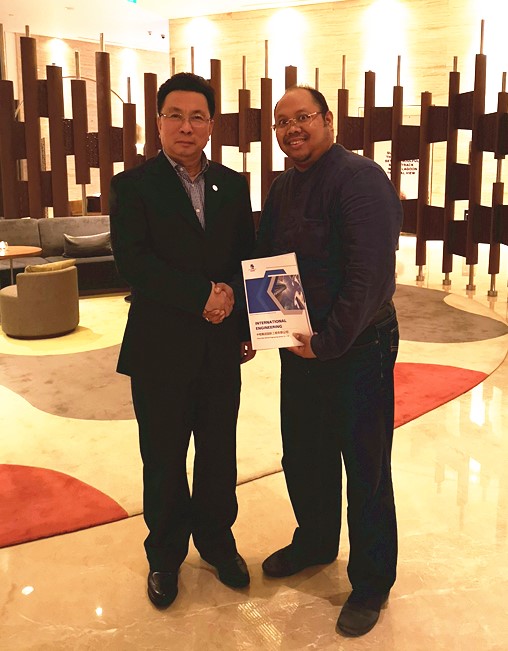
The Indonesian economy has maintained a good momentum in the past few years and has developed rapidly. According to the statistics of the Indonesian Central Bureau of Statistics, in 2016, Indonesia's GDP was 932.48 billion US dollars, with a growth rate of 5.02%; per capita GDP was 3605 US dollars. From 2012 to 2016, Indonesia's economic growth rate was 6.23%, 5.78%, 5.02%, 4.80%, and 5.02%, respectively, and the economy developed rapidly. Among the G20 countries, Indonesia's economic growth rate is second only to India and China. The Indonesian government has a strong support for government investment. In the past few years, projects supported by the government budget have grown at a rate of more than double digits every year. At the same time, Indonesia's foreign investment has grown more rapidly, and in the past few years, it has maintained a double-digit growth rate. These will promote the further development of the Indonesian economy. On the other hand, Indonesia also has a high domestic lending rate and a high level of foreign exchange debt. The Indonesian exchange rate is also not stable and there is a certain exchange rate risk.
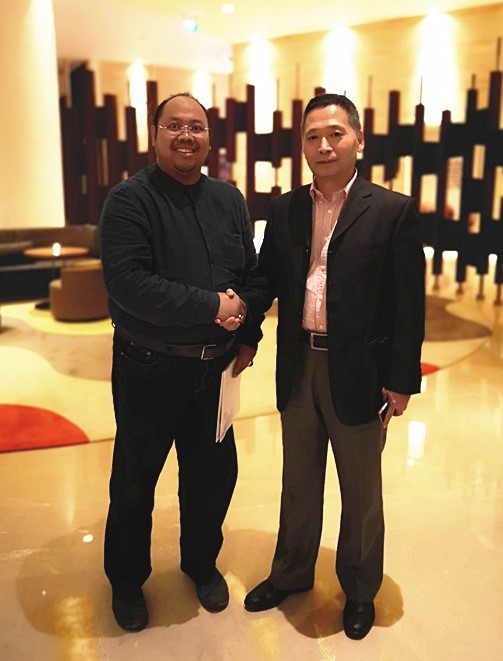
Indonesia is the fourth largest country in the world. According to the 2015 Indonesian census, the population has a population of 256 million, a large population base and a large consumption potential. Indonesia's population of 20-69 years old accounts for about 60% of the total population, which provides a large amount of labor for Indonesia's economic development. With the growth of the Indonesian middle class, the upgrade of Indonesia's domestic consumption will drive the further development of the Indonesian economy. Indonesia's technology is at a relatively low level. Indonesia's R&D investment and patent applications are at a low level in the world. It is relatively backward in information and communication technology. Indonesia lacks high-tech industries, and manufacturing is less competitive internationally. Exports are mainly concentrated in non-manufacturing sectors. This provides an opportunity for the development of mature Chinese manufacturing companies in Indonesia.
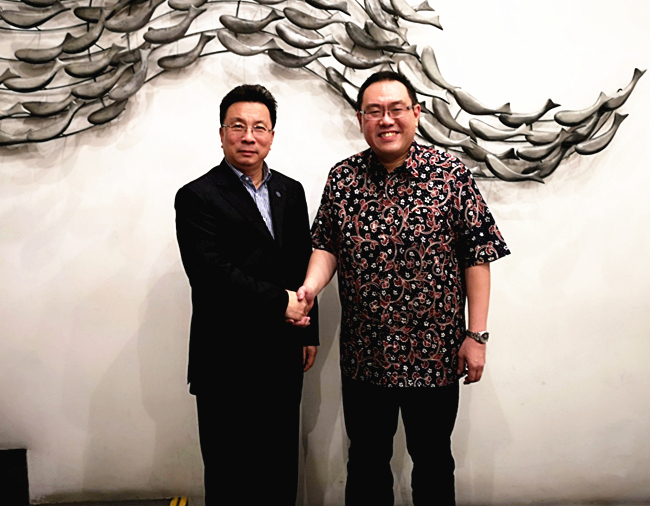
Indonesia's infrastructure is relatively backward, and weak infrastructure is one of the main bottlenecks in Indonesia's economic development. The Indonesian government has proposed to strengthen infrastructure construction. According to the Indonesian government's “2015-2019 medium-term reform agenda and economic development plan”, Indonesia will focus on increasing investment in infrastructure construction, attracting foreign investment, and focusing on manufacturing and tourism development. The "Plan" proposes that the Indonesian government plans to build 49 large dams, develop 24 modern ports, and build 15 airports. The total installed capacity of new power is 35 million kilowatts, the newly built expressway is 1,000 kilometers, and the railway length is increased to 8692 kilometers. The construction of these infrastructures will generate a large demand for Chinese manufacturing products.
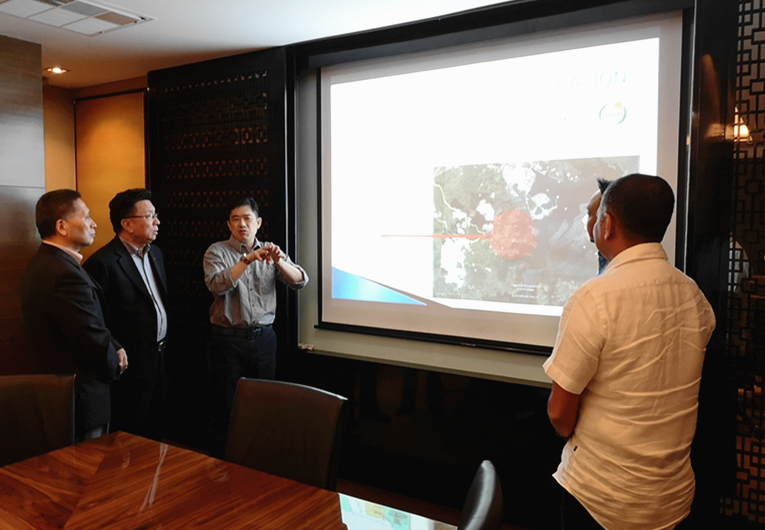
Indonesia's natural resources and its richness are known as “tropical treasure islands”. Mineral resources include oil, natural gas, tin, aluminum, nickel, iron, copper, tin, gold, silver, coal, etc., and the reserves are very rich. This is very beneficial to the development of Chinese manufacturing enterprises in Indonesia. The negotiations of our group have been very smooth and we hope to reach a multi-faceted cooperation with the Indonesian government as soon as possible.

